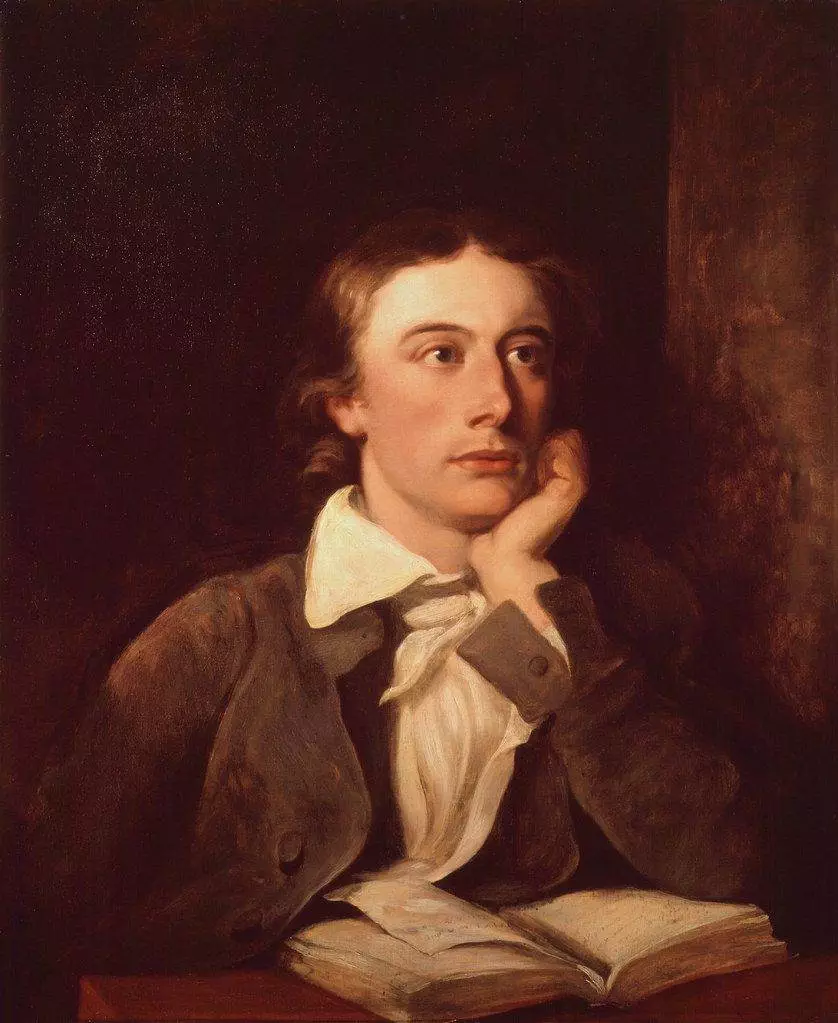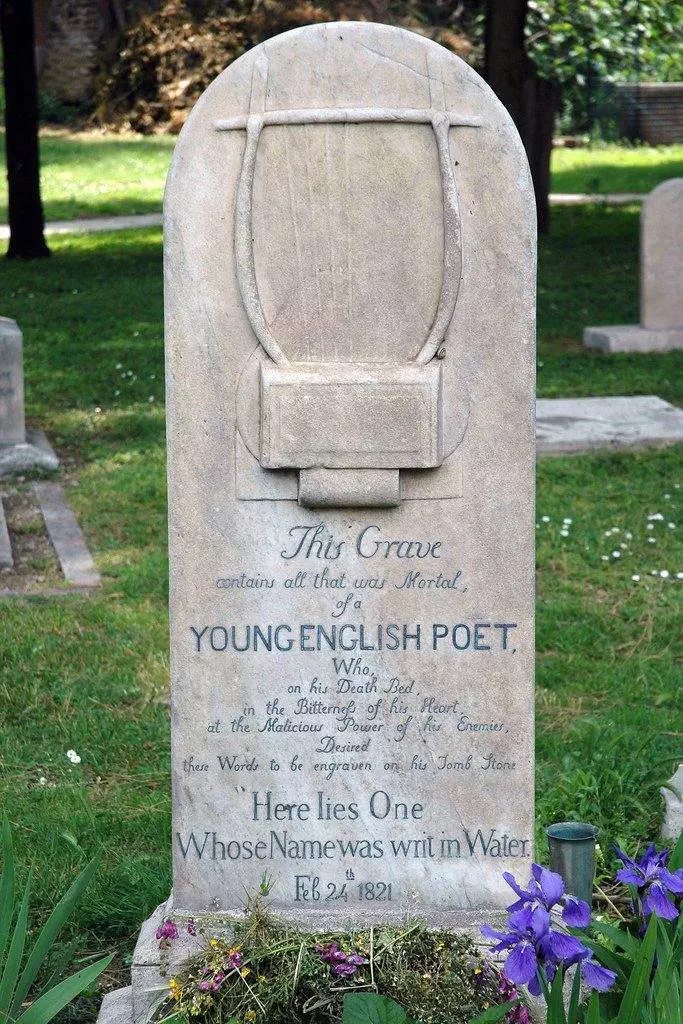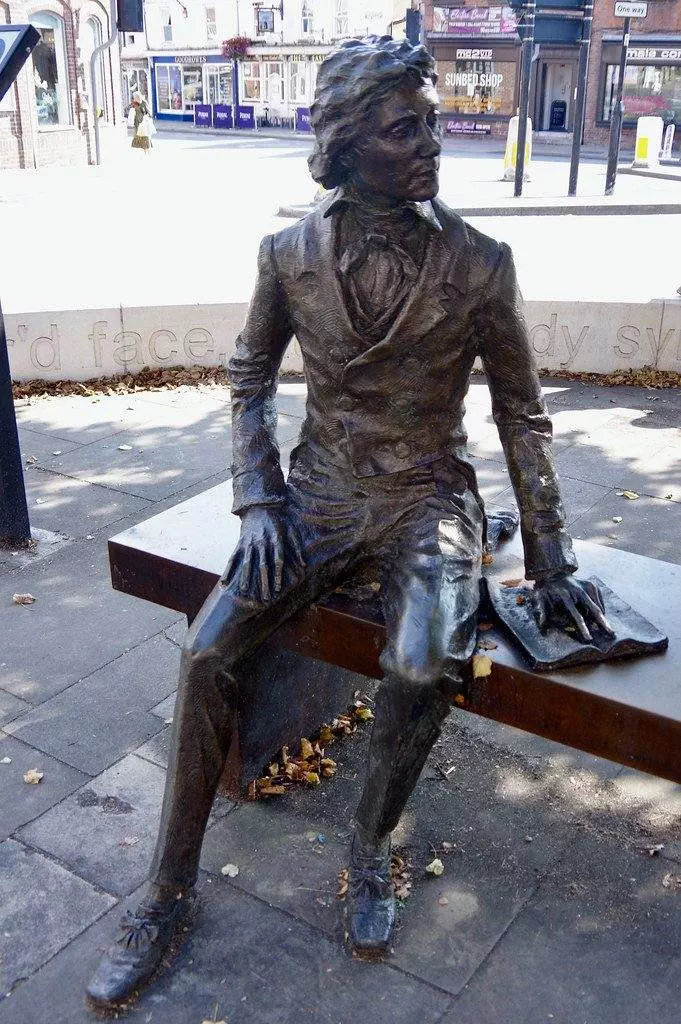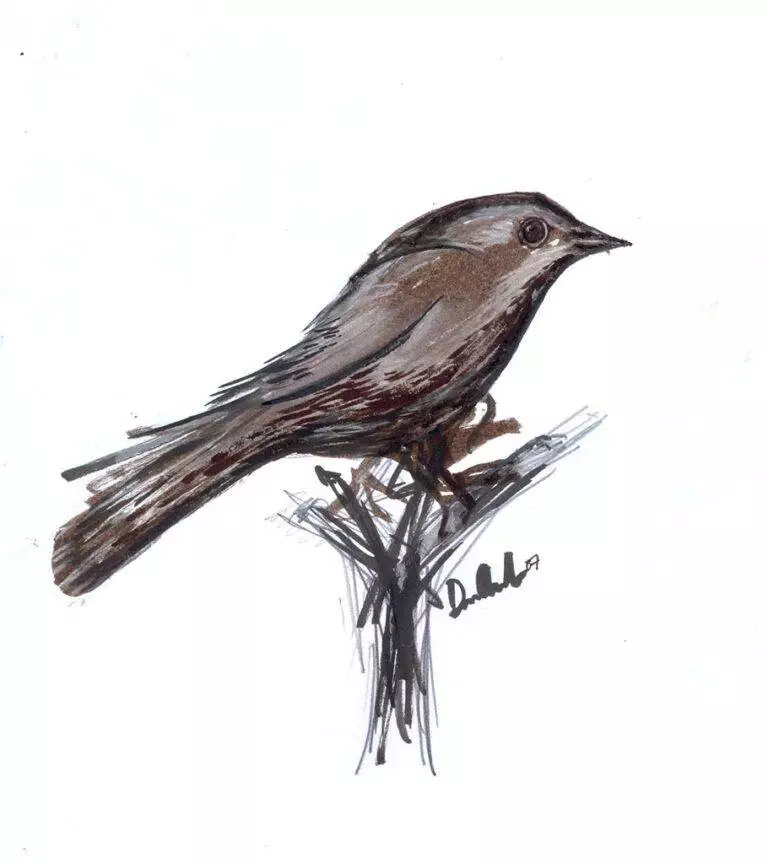John Keats, a prominent Romantic poet, crafted “Ode to a Nightingale” as an exploration of beauty and transcendence. This masterpiece delves into timeless themes that continue to captivate readers across generations. The poem’s enduring relevance lies in its profound portrayal of the human experience and its contemplation of mortality, nature, and the pursuit of artistic expression. Keats’ eloquent verses offer a window into the complexities of existence, inviting readers to ponder life’s ephemeral nature while celebrating the enduring power of art and imagination. “Ode to a Nightingale” stands as a testament to Keats’ literary prowess and his ability to evoke profound emotions through poetic language.
Table of Contents
Ode to a Nightingale’s Enchanting Prelude
Comparison of the Nightingale’s Song to Keats’s Poetry
The ode to a nightingale mirrors the beauty and passion found in John Keats’s poetry. Just like his verses, the bird’s song is filled with enchantment and grace, captivating listeners with its melodious charm. Keats masterfully weaves emotions into his poems, much like how the nightingale’s song evokes feelings of joy and longing.
Keats’ “Ode to a Nightingale” draws parallels between the immortal beauty of art and nature. The poet uses vivid imagery and lyrical language to convey this connection through the nightingale’s timeless song. In doing so, he elevates both nature and art as vessels for eternal beauty that transcends mortal existence.
Reflection on the Nightingale as a Symbol of Eternal Beauty
The ode to a nightingale reflects on the bird as a symbol of everlasting allure amidst life’s transient moments. The nightingale embodies an enduring source of inspiration for Keats, representing purity, freedom, and unending grace in its untainted melody.
In “Ode to a Nightingale,” Keats grapples with mortality while seeking solace in the immortal essence of nature represented by the bird’s song. Through this reflection on eternity within fleeting experiences, he delves into themes such as transience versus permanence and captures profound truths about human existence.
Poet’s Captivation by the Nightgales Melody as an Escape
The ode to a nightingale portrays how Keats finds refuge from life’s harsh realities within the captivating melody of the nightingale’s song. As he listens intently to its ethereal music, he yearns for an escape from pain or suffering that plagues him daily.

Keats deep admiration for this avian minstrel stems from his desire for temporary respite from earthly woes—seeking comfort in something pure amid worldly tribulations.
An Ode to Immortality
Keats’s Contemplation
John Keats delves into a contemplation of escaping into the world of the nightingale. He explores the idea of transcending mortal limitations through his encounter with this enchanting creature. The poet finds solace in the timeless beauty and melody that seems to emanate from the nightingale.
Keats, in his poem, grapples with a yearning for an escape from earthly sorrows and despairs. In doing so, he immerses himself in the ethereal realm represented by the nightingale’s song. This longing reflects a desire to transcend mortality and experience an existence free from human suffering.
The nightingale serves as a symbol of immortality throughout Keats’s poetic exploration. It embodies a realm untouched by mortality, representing eternal beauty and grace beyond human comprehension. The bird’s song becomes an emblem of everlasting life and unfading artistry, offering respite from life’s transient nature.
Yearning for Timeless Beauty
In “Ode to a Nightingale,” John Keats expresses his profound yearning to partake in the timeless beauty embodied by the nightingale’s song. He longs for liberation from earthly constraints and seeks refuge within the immortal essence encapsulated by this elusive bird.
The poet marvels at how effortlessly the nightingale seems to exist outside time’s grasp – its melodious strains echoing through eternity without succumbing to decay or oblivion like mortal creations do. Through this wistful contemplation, Keats conveys his deep-seated desire to merge with this enduring legacy of nature itself.
Ultimately, “Ode to a Nightingale” captures Keats’s poignant reflection on mortality versus immortality; it is an ode that encapsulates both despair at life’s brevity and awe at nature’s enduring splendor.
The Duality of Joy and Sorrow
Exploration of the Dual Nature
The ode to a nightingale delves into the intricate nature of the bird’s song, serving as a representation of both joy and sorrow. The poet reflects on how the melodious tune embodies contrasting emotions, capturing the essence of human experiences. The nightingale’s song becomes a poignant symbol that encapsulates life’s complexities, resonating with both moments of happiness and despair.
The poet juxtaposes feelings of elation with those of profound sadness, underscoring the multifaceted nature of human existence. Through this contrast, he highlights how joy can be intertwined with sorrow, illustrating that one cannot exist without the other. This exploration emphasizes that life is not solely defined by moments of happiness; rather, it encompasses an amalgamation of emotions – from exuberant delight to deep melancholy.
Read These Too:
Serving as a Reminder
In contemplating the nightingale’s song, the poet acknowledges its role in serving as a poignant reminder of life’s inevitable sorrows. As he immerses himself in its enchanting melody, he confronts his own struggles and heartaches. The bird’s music acts as a mirror reflecting his own forlorn sentiments while also offering solace amidst despondency.

The consonant sounds emanating from the nightingale evoke an emotional resonance within him – evoking both longing and contentment simultaneously. It becomes apparent that even amid moments when his heart despairs, there exists an undercurrent of hope embedded within each note sung by this feathered minstrel.
The Contrast of Art and Reality
Drawing Parallels
In “Ode to a Nightingale,” John Keats explores the contrast between art and reality, much like he does in “Ode on a Grecian Urn.” Both poems delve into the themes of life and mortality, contemplating the fleeting nature of human existence. In these odes, Keats reflects on the permanence of art compared to the transience of life.
Drawing parallels between these two works allows readers to see how Keats’s examination of nature, words, and sounds intertwines with his contemplation on life’s fragility. By comparing these odes, one can gain a deeper understanding of Keats’s perspective on the relationship between art and reality.
Keats uses vivid imagery in both poems to emphasize this dichotomy. For instance, in “Ode to a Nightingale,” he juxtaposes the world-weary narrator with the immortal nightingale, highlighting the stark contrast between human suffering and eternal beauty.
Examination of Art vs Reality
Through “Ode to a Nightingale,” Keats contemplates whether pursuing art and beauty can provide solace from life’s hardships. He grapples with whether artistic endeavors serve as an escape from or an acknowledgment of harsh realities. This contemplation is central to understanding how Keats views the pursuit of aesthetic experiences amidst human suffering.
The poem embodies this examination through its exploration of wine as a means for temporary escapism from sorrowful realities. The intoxicating effect becomes symbolic not only for sensory pleasure but also for transcending earthly troubles through artistic expression.
Furthermore, by contrasting mortal existence with timeless elements such as nightingales’ songs or Grecian urns frozen in time, Keats prompts reflection on whether art offers sanctuary from human afflictions or merely serves as a reminder thereof.
The Transcendence of Time
Keats’s Exploration
In “Ode to a Nightingale,” John Keats delves into the concept of time. He contemplates the fleeting nature of human existence and the enduring quality of artistic expression.
Keats emphasizes how human achievements are ephemeral, while art possesses an immortal essence. He grapples with the idea that everything in life is transient, except for art, which transcends time.

The poet uses vivid imagery to convey his thoughts on time, evoking a sense of longing for something beyond the constraints of mortality.
Emphasis on Ephemeral Nature
Throughout the poem, Keats highlights how human life is temporary and fragile. He reflects on youth and its swift passage into old age, underscoring the brevity of our existence.
The contrast between fleeting moments and timeless artistry serves as a poignant reminder that all things in life are impermanent. However, through his verses, Keats seeks solace in the belief that art can endure beyond these temporal limitations.
Keats’ contemplation prompts readers to ponder their own mortality and consider what truly lasts amidst the passing of time—a thought-provoking exploration captured within “Ode to a Nightingale.
Conclusion:
Final Remarks
In exploring the themes of transcendence, mortality, and the contrast between art and reality in “Ode to a Nightingale,” the profound depth of Keats’ poetic vision becomes evident. The nightingale’s song serves as a vehicle for the poet’s contemplation of human existence, offering a glimpse into the complexities of joy, sorrow, and the yearning for immortality. Keats masterfully weaves together these themes, inviting readers to ponder the timeless questions that resonate through his verses.
As one delves into Keats’ ode, a deeper appreciation for the interplay between the fleeting nature of life and the enduring power of art emerges. This exploration prompts reflection on one’s own experiences and perceptions, underscoring the enduring relevance of Keats’ work. Encouraging continued contemplation, “Ode to a Nightingale” stands as an enduring testament to the profound impact of poetry on human consciousness.



1 Comment
Pingback: To a Skylark: A Deep Dive into Shelley's Romantic Masterpiece